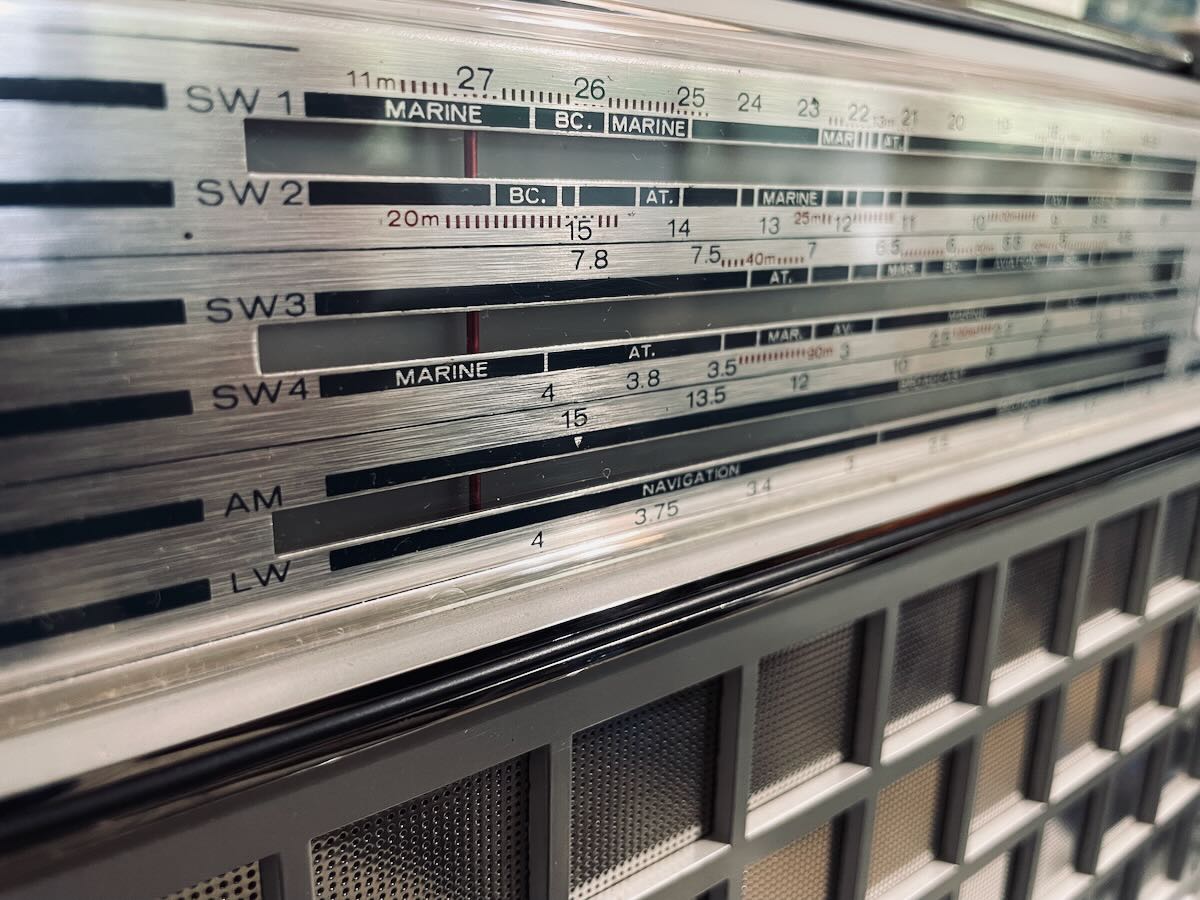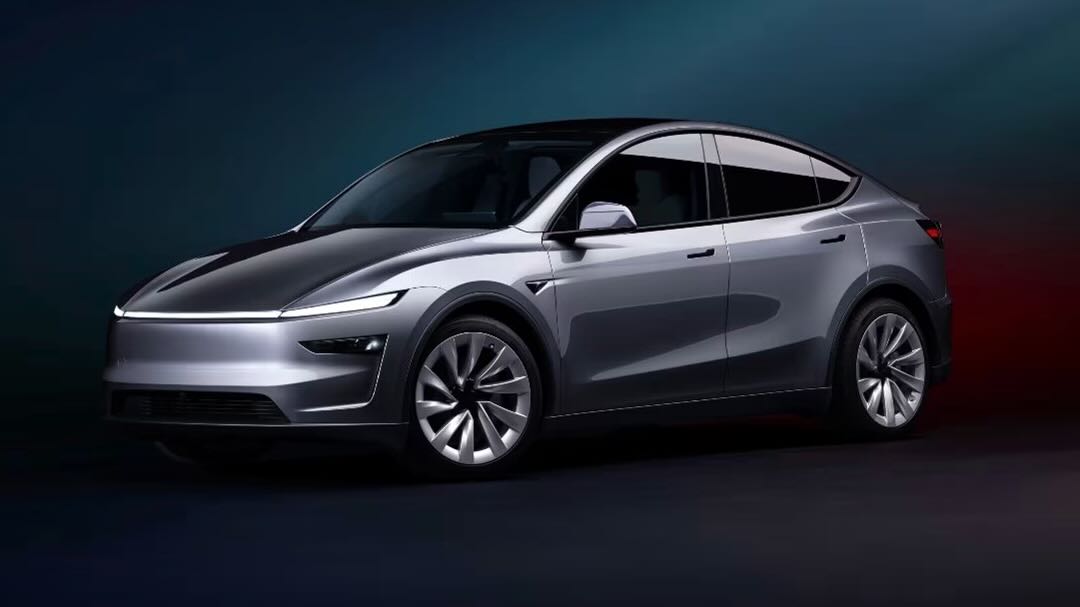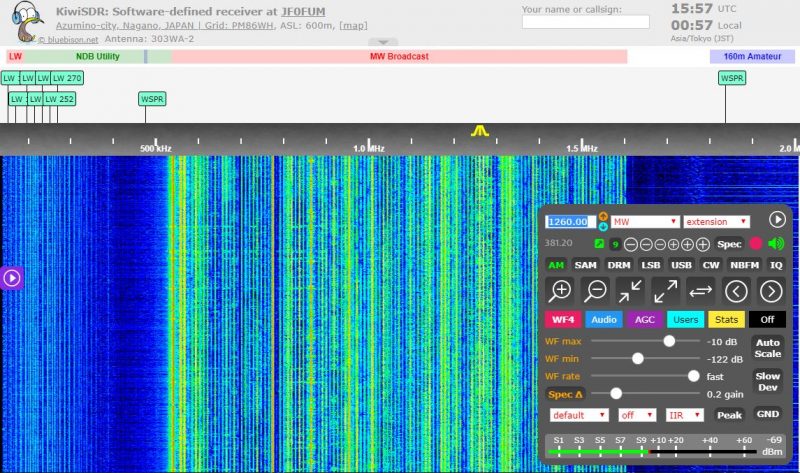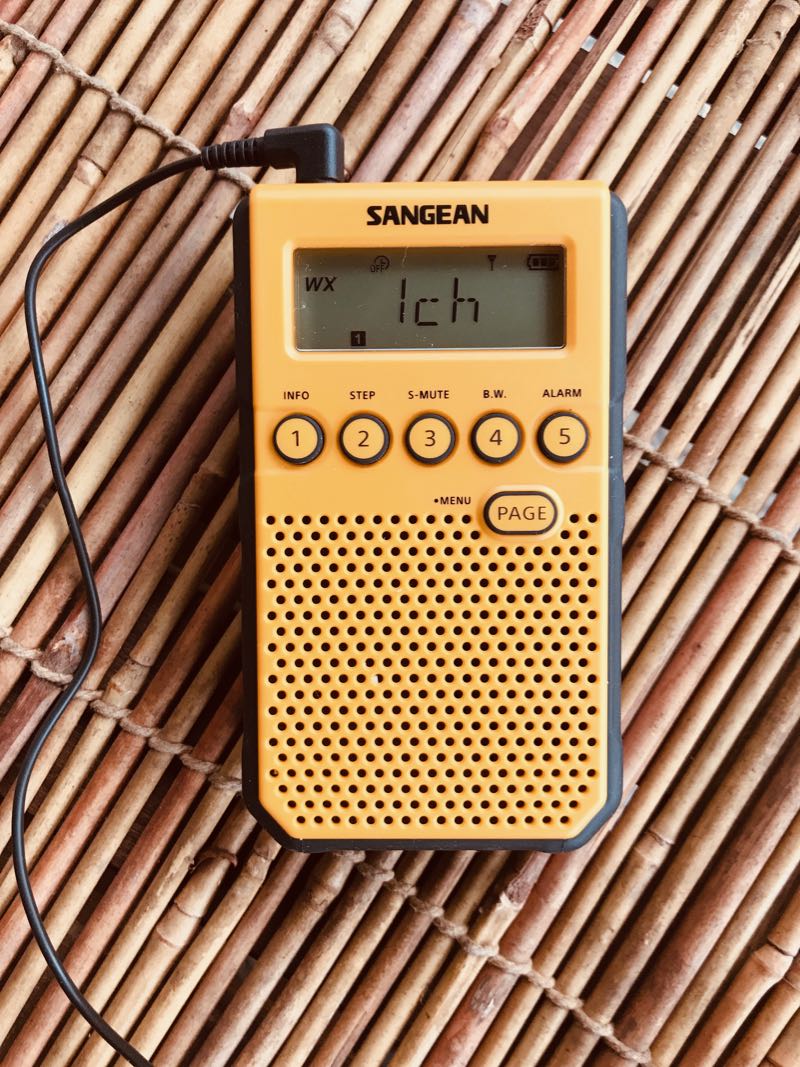 Many thanks to SWLing Post contributor Dennis Dura for sharing this article from Radio World which delves into the legacy of AM broadcasting in “Digging Up the AM Radio Graveyard.”
Many thanks to SWLing Post contributor Dennis Dura for sharing this article from Radio World which delves into the legacy of AM broadcasting in “Digging Up the AM Radio Graveyard.”
This piece explores the so-called “graveyard frequencies”—those crowded AM channels where hundreds of local stations once operated at night, all competing in a sea of overlapping signals. It’s a great read for anyone interested in radio history, signal propagation, and the enduring mysteries of the medium wave band.






